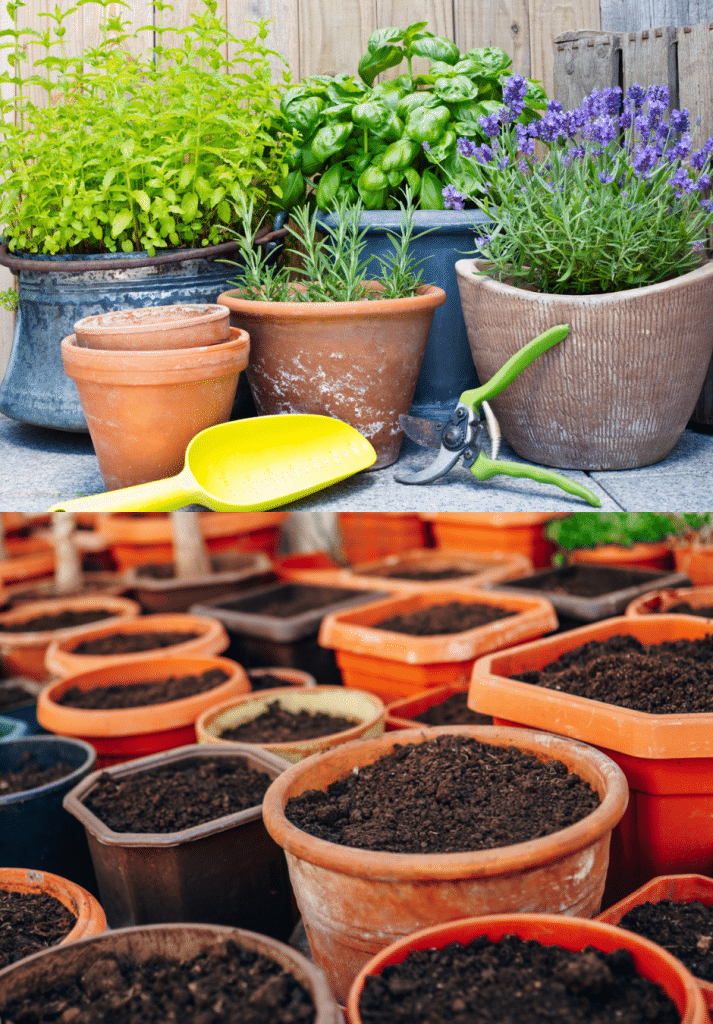How to Pot Plants in Containers –
A step-by-step guide
From houseplants to outdoor pots, there are many misconceptions about how to correctly pot plants in containers. We will give you a step by step guide to how to pot plants in containers based on horticultural science.
Potting Step 1: Choosing the best plant
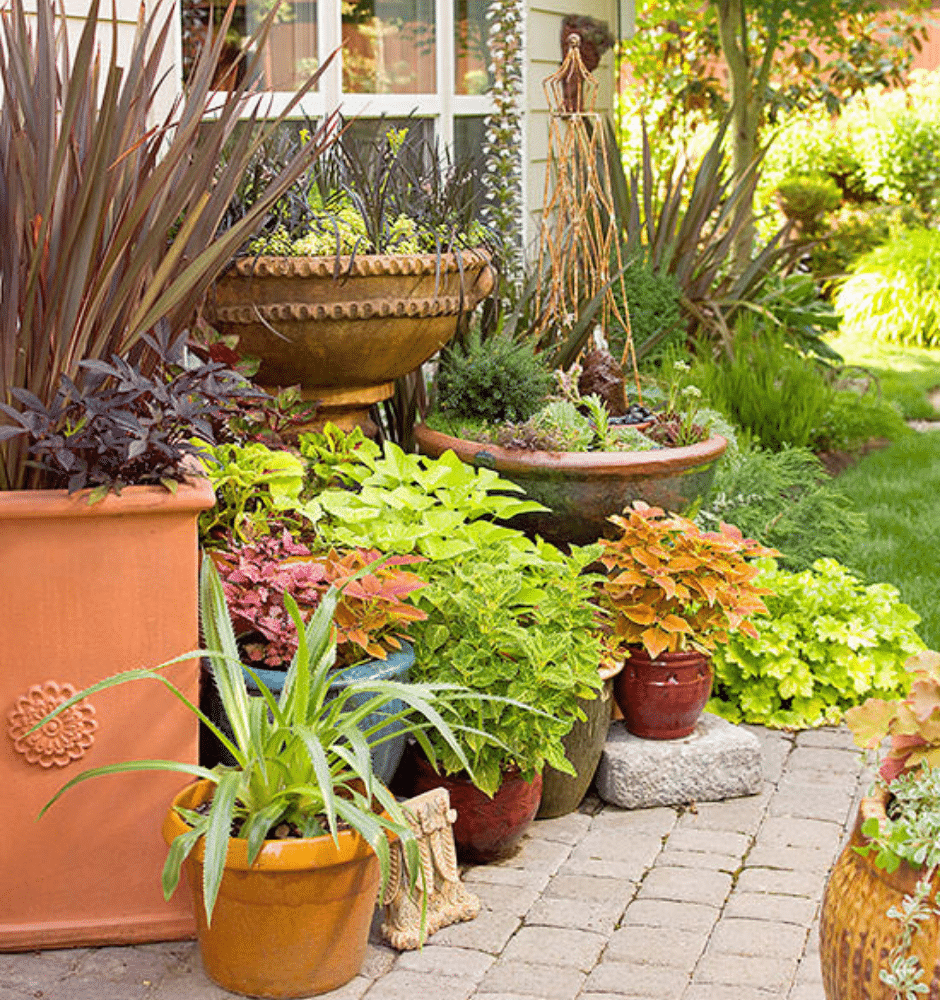
The Intended Location
First, you must decide where you want your plant to spend its life. Will it be in direct sun most of the day? Will it get watered on a drip system or by hand? Will it be on the north, south, east or west side of your home? All these considerations will help you pick a plant that will thrive.
You should do some research before going to the nursery and have a variety of plants in mind. Once you are at the nursery, read the tags on the plants to ensure they will be a good fit for the location and water schedule you can provide you.
For instance, do not select a Hosta for a full-sun location. The leaves will get scorched and the plant will most likely not make it long because of our hot, dry climate and intense sun exposure. You will want to select a plant that loves sun, such as dianthus or marigolds!
Pick a Healthy Plant
The Leaves and Flowers
Now that you have selected the plant species you want it is time to find the best specimen to bring home. Successfully potting plants all starts with choosing the healthiest plant from the nursery. Look for plants with healthy leaves, some flowers, and many buds ready to bloom. If the leaves are moldy, brown or black on most of the plant, do not choose this plant.
You might ask, why shouldn’t I choose the plant in full bloom? Yes, this plant will look best as soon as it’s planted, but if it doesn’t have a lot of flower buds ready to bloom, you may not see another bloom for some time. It’s best to select the plant that will continue bloom. Another reason, especially with annual plants, is that the plant has not exhausted all its stored nutrients just yet through flowering. It may do better with the repotting process than one that has already exhausted all its nutrients from flowering.
Lastly, inspect the plant for pests. It’s never good to select a plant that is already stressed as it will not have a fighting chance when you repot it. Look for presence of insect pests under the leaves as well as damage, such as stippling or curling of the leaves.
The Roots
Root health is extremely important for plants. It is where the plant takes up water and nutrients to feed itself and help it grow. If roots are not healthy, the overall health of the plant, even if it appears to ‘look healthy’, is not actually healthy and will most likely not make it long.
To check root health, pull the plant out of its nursery pot and inspect the roots. If they are mushy or have a foul smell, the plant may have been sitting in water too long resulting in root rot. The roots should be white, fibrous and without smell.
Another concern is thick circling roots. Depending on the extent of the root system, you may be able to soak the plant to open the roots, though it is not recommended to choose plants with long, thick circling roots. It’s best to avoid these plants, if possible.
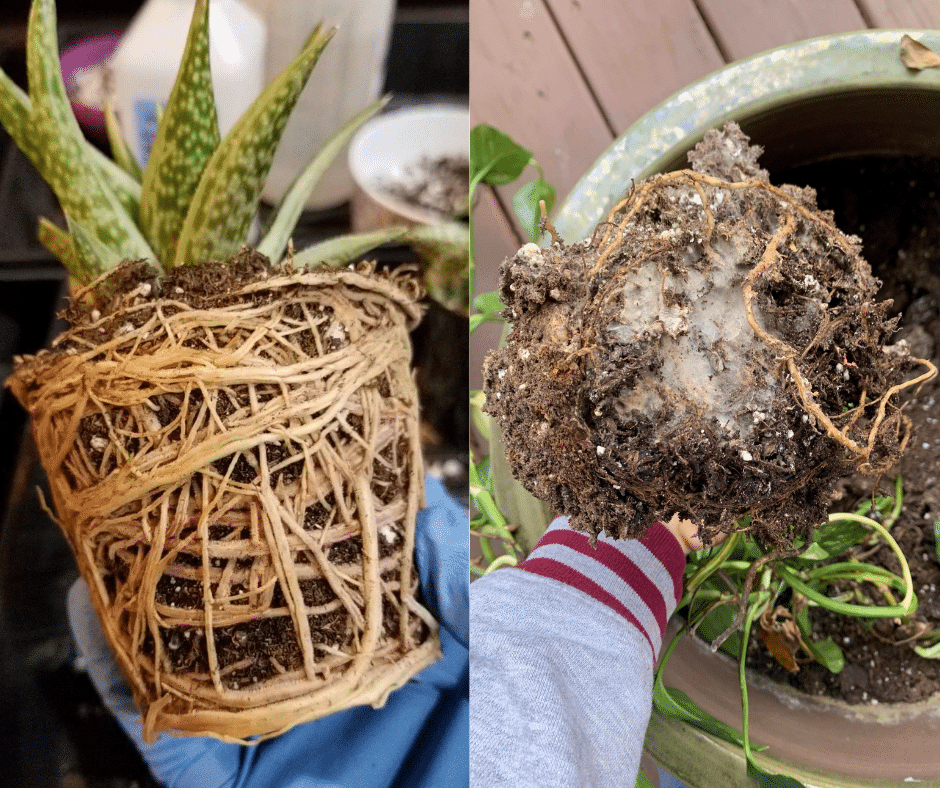
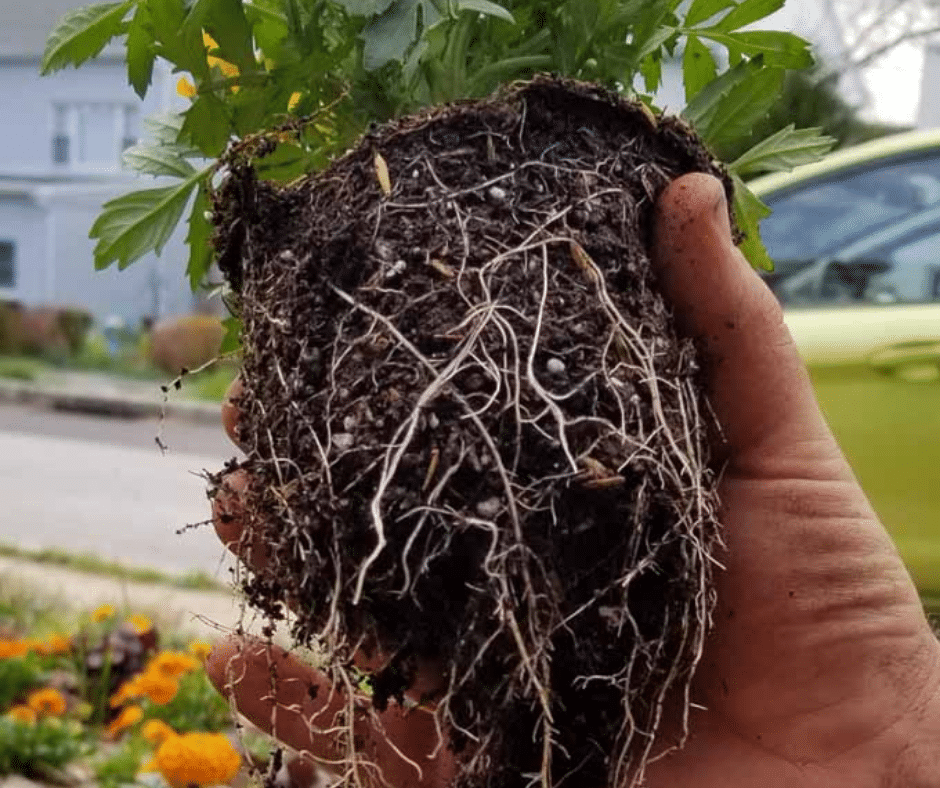
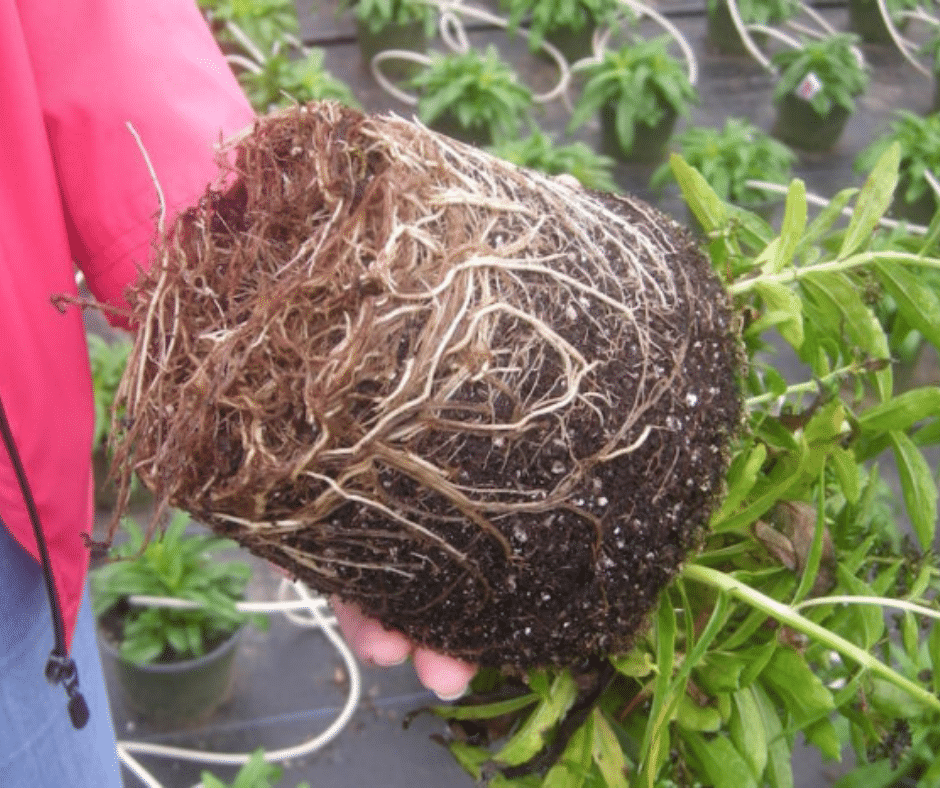
Potting Step 2: Choosing the best pot
Now that you have the best plant selected, you want to choose the best pot for the job! Often people choose the pot they think is prettiest without considering the pot’s function for the plant. A pot holds the potting mix for plant roots to grow in. The pot affects watering practices through rate of moisture evaporation and watering levels. Terra cotta pots, for example, tend to wick water away from the potting mix resulting in a need to water more frequently. Here are some recommendations on choosing a pot:
- The pot should have a hole at the bottom for water to drain out.
- The pot should have a saucer or catch basin, especially if it will be placed indoors or on a landscaping surface other than soil or mulch.
- Select a material that will not wick moisture from the potting mix. Pick a pot made of plastic, glazed ceramic, or metal. If you want the terra cotta look, you can either glaze the inside of the pot or insert a plastic pot inside the pot to reduce evaporation. Though you can still use terra cotta without a glaze or plastic insert, you should be ready to water more frequently.
- Choose a pot size that’s about one inch bigger than the plant you have selected and tall enough for the plant to fit comfortably with some room for the roots to grow down. If you are planting several plants, just be sure plants have room to grow and produce healthy root systems. This means, the pot should have adequate depth and width for the plants’ continued growth.
